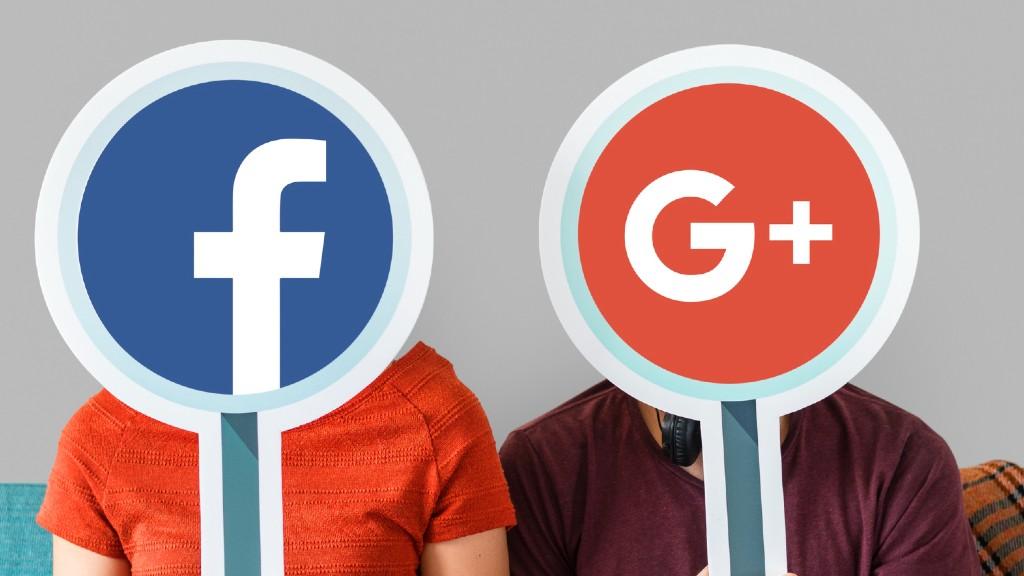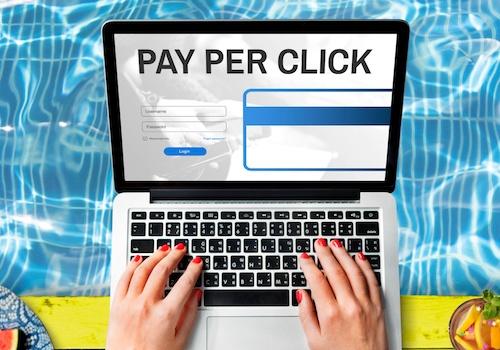
Google Ads vs. Facebook Ads is the showdown every marketer and business owner faces when diving into digital marketing. Both platforms dominate the paid ads space, but they serve very different purposes. Choosing the right one can significantly impact how you reach your audience, spend your budget, and grow your brand.
Google Ads help you appear in search results when people are actively looking for your product or service.
Facebook Ads, on the other hand, let you target users based on their interests, behaviors, and demographics, even if they’re not actively searching for you.
Let’s break down the key differences between these two major ad platforms so you can decide which one fits your goals, audience, and budget best.
What Are Google Ads?
If you’ve ever searched for something on Google and seen a result marked “Ad,” you’ve seen Google Ads in action. These search-based ads appear when users are actively looking for something, making them intent-driven and highly effective.
How Do Google Ads Work?
Google Ads show up when users type in specific search terms. For example, if someone searches for “emergency plumber,” an ad for a plumbing service may appear at the top of the page. These ads can also appear across the Google Display Network and on YouTube.
Where Do Google Ads Appear?
- Google search results: These are the text ads you see at the top of a Google search page, like when someone searches for “emergency dentist near me.”
- Partner websites (Display Network): These are image or banner ads that show up on websites that partner with Google (like news sites or blogs). For example, your ad might appear on a local news site or health blog.
- YouTube (video ads): These ads appear before, during, or after YouTube videos. For example, a quick video ad for your clinic could play before a dental care tutorial.
What Are Google Ads Best For?
- Reaching users with high intent: These are people already searching for what you offer, like “teeth whitening specials near me.”
- Driving leads and conversions: Google Ads can get people to call, book an appointment, or visit your website right away.
- Quickly increasing search visibility: Your business can show up at the top of search results fast – much quicker than waiting for SEO to kick in.
What Are Facebook Ads?
Facebook Ads show up in users’ feeds, Stories, Messenger, and on Instagram. Unlike Google, these users aren’t searching – they’re browsing. That’s what makes Facebook Ads great for reaching people based on their lifestyle, behaviors, and interests.
How Do Facebook Ads Work?
You can target highly specific groups – like dog lovers in New York or new parents aged 25-40. This makes Facebook Ads ideal for discovery, brand building, and retargeting.
Where Do Facebook Ads Appear?
- Facebook and Instagram Feeds
- Stories and Reels
- Messenger
What Are Facebook Ads Best For?
- Boosting brand awareness
- Increasing engagement (likes, shares, comments)
- Running retargeting campaigns

Key Differences Between Google Ads and Facebook Ads
While both platforms are powerful, they serve different purposes. Here’s a side-by-side breakdown:
| What You're Comparing | Google Ads | Facebook Ads |
|---|---|---|
| How it reaches people | Based on what users are actively searching for | Based on users' interests, behaviors, and demographics |
| How ads are shown | Triggered by keywords in search | Shown to targeted audiences while they scroll or browse |
| Where ads appear | Google Search, websites (Display Network), YouTube | Facebook, Instagram, Messenger, Stories |
| Ad types | Mostly text ads, plus image/video for display and YouTube | Image, video, carousel, Stories, Reels |
| Creative flexibility | More text-focused (except on YouTube/display) | Very visual and interactive formats |
| How you’re charged | Mostly CPC (you pay when someone clicks) | Offers CPC, CPM (per 1,000 views), and CPA (per action) |
| Ease of use | More complex to set up and manage | Easier for beginners, with guided setup options |
TL;DR:
Use Google Ads to capture people who are actively searching.
Use Facebook Ads to build awareness, reach new audiences, and boost engagement.
Pros and Cons of Each Platform
No platform is perfect. The right choice depends on your business goals, audience, and budget. Below are side-by-side breakdowns of the pros and cons for Google Ads and Facebook Ads.
Google Ads: Quick Overview
Google Ads are best for reaching people who already know what they want. If your goal is to capture high-intent traffic quickly, this platform shines, though it may come at a higher cost.
| Pros | Cons |
|---|---|
| ✅ High intent: users are actively searching | ❌ Very competitive, especially in crowded industries |
| ✅ Fast traffic and visibility | ❌ Can be expensive depending on keywords and bids |
| ✅ Strong ROI for service-based or local businesses |
Facebook Ads: Quick Overview
Facebook Ads are ideal for building awareness, growing a community, or retargeting users. The platform offers powerful targeting and creative ad formats, perfect for storytelling.
| Pros | Cons |
|---|---|
| ✅ HVisually engaging ad formats | ❌ Lower intent: users aren’t actively looking |
| ✅ Advanced targeting (interests, behavior, demographics) | ❌ Requires more testing and refinement to perform well |
| ✅ Great for brand awareness and community building |
How to Choose the Right Platform for Your Business
Choosing between Google Ads and Facebook Ads comes down to your business type, goals, and resources. Ask yourself:
1. Is your business B2B or B2C?
- B2B (e.g., software providers, consultants) often see better ROI with Google Ads for lead generation and keyword targeting.
- B2C (e.g., online shops, local restaurants) may get more traction with Facebook Ads due to visual storytelling and interest targeting.
2. What’s your budget and available time?
- Smaller budgets? Facebook Ads are more accessible and flexible for testing.
- Larger budgets or more ad experience? Google Ads can drive quick, high-converting traffic.
3. What’s your primary goal?
- Google Ads = leads, sales, and high-intent website traffic
- Facebook Ads = brand awareness, audience engagement, or retargeting
4. Do you have strong visuals or optimized landing pages?
- Facebook Ads need strong visuals, videos, or interactive formats.
- Google Ads require fast, mobile-friendly landing pages that convert.
Can You Use Both? (Yes!)
Many businesses get the best results from a multi-channel ad strategy.
Example:
Use Facebook Ads to introduce your brand to new users. Then, when those users search for your product later, use Google Ads to stay top-of-mind and capture the conversion.
If you run ads on both platforms, make sure you track your results. Use tools like:
- Google Analytics
- Meta Ads Manager (Facebook)
- AdEspresso, Hootsuite, or HubSpot to manage everything in one place
Tracking helps you know what’s working, what to pause, and where to spend more.
Final Thoughts: The Best Ad Platform Depends on Your Goals
Google Ads vs. Facebook Ads isn’t about picking a winner. It’s about choosing the right tool for the job.
Start by identifying your goals: Do you want quick traffic? Better brand awareness? Retargeting?
Once you know your goals, test small, track your results, and refine your strategy as you go. Even a modest paid ads budget can go a long way with the right approach.
Need help figuring it out?
Our team at Genius Platforms can help you plan, launch, and manage smart digital marketing campaigns that fit your goals and your budget. Reach out today to get started.

Comments